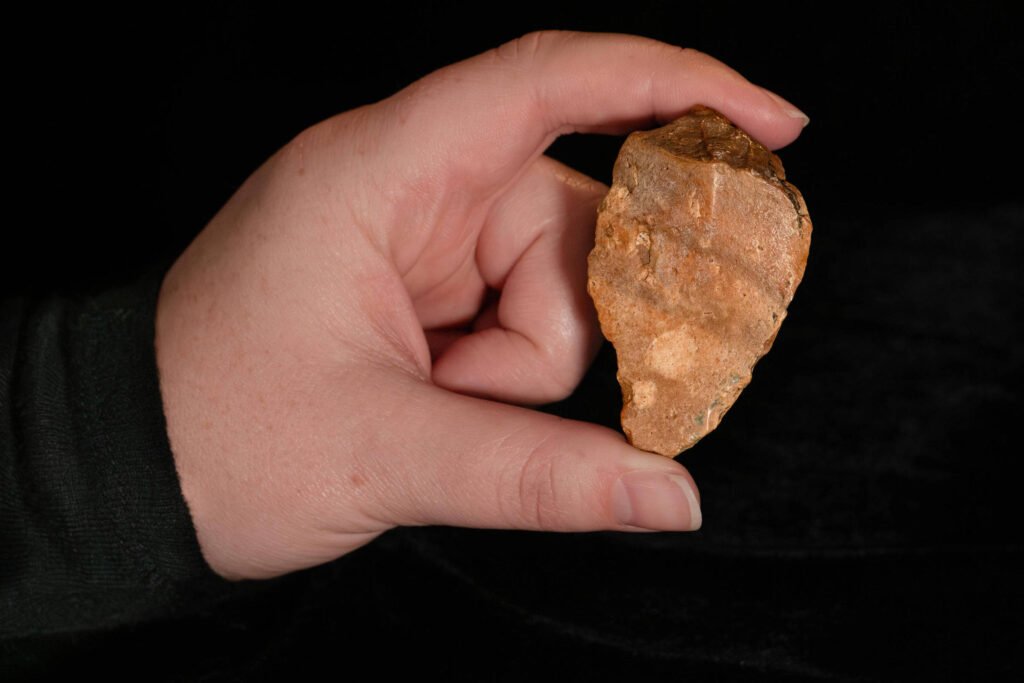Stone artifacts found on the island of Sulawesi, in the central region of the Indonesian archipelago, could be the key to demonstrating that remote human ancestors had already undertaken oceanic voyages between 1.5 million years and 1 million years ago. The discovery of these artifacts has puzzled researchers as they try to unravel the mystery of who the creators of these tools were and how they managed to travel such vast distances over a million years ago.
The tools, made of stone, were found in the region of Sulawesi, an island known for its rich archaeological history. The presence of these artifacts suggests a level of sophistication and capability among ancient humans that was previously unrecognized. The findings challenge previous notions of early human migration patterns and raise questions about the extent of their knowledge and abilities to navigate the open seas.
The artifacts have been dated to around 1 million years ago, making them among the oldest evidence of seafaring activity by early humans. The discovery provides new insights into the migratory patterns of early human populations and sheds light on the technological advancements they possessed. The tools are believed to have been used for various purposes, including hunting and cutting, indicating a high level of adaptability and resourcefulness among these ancient seafarers.
Researchers continue to study these artifacts in order to decipher the techniques and skills used by early humans to undertake oceanic voyages. The findings have sparked new debates and discussions within the scientific community regarding the capabilities and knowledge of ancient human populations. The discovery of these stone tools on Sulawesi opens up a new chapter in the understanding of early human history and their remarkable achievements in exploring and settling in remote regions of the world.




